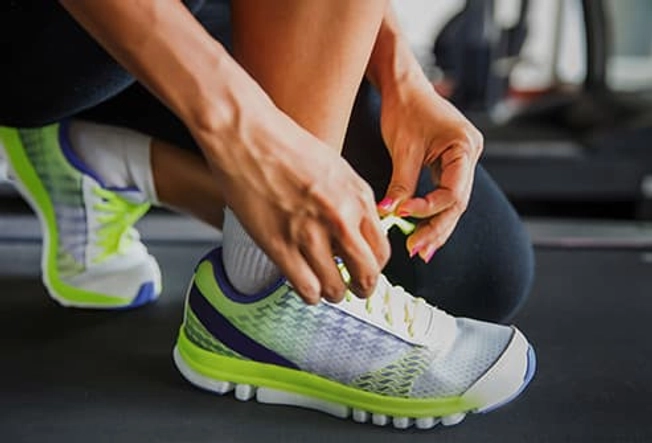10 Tips to Help You Sail Through Physical Therapy


Pick the Right Pro
Just like your doctor, you want a physical therapist who has experience with your condition. Ask questions about their background, the plan for your therapy, any special equipment you'll need, and how long your treatment will last. You should be able to talk comfortably about what's going on during your sessions.

Come Prepared
Bring a list of your meds to your first appointment and any X-rays or MRIs. Make notes ahead of time about your symptoms, such as which movements cause pain and when the problem started. That will help your physical therapist identify your condition and design your treatment plan.

Dress the Part
Wear comfortable clothes and shoes with non-skid soles, even for your first visit. Your therapist may move the joint that's bothering you to test how well it works or check how you walk, get up out of a chair, or do other motions. If they assign you exercises to do at home right away, they'll watch you do them to make sure your form is right.

Set Goals
What do you want to be able to do after rehab? Get out of a chair more easily? Play tennis again? Know what your target is and make sure your physical therapist does, too. They'll tailor your treatment with your goals in mind. Short-term gains are important, too. Celebrate each step along the way, no matter how small.

Do Your Homework
Your therapist may give you exercises to do at home between appointments. It's important to do them. A lot of the benefit from rehab comes from the work you put in on your own, away from the clinic.

Don't Overdo It
Keep up with your homework, but follow your therapist's instructions to the letter. If you add more weight and reps, or exercise more often than you're told to, you won't heal any faster. You might even set your recovery back or get a new injury.

Take Notes
Be an active partner in your rehab. Log details about how you feel during your home exercises. Tell your therapist if you hurt or get tight or weak during your routines. It will help them keep tabs on your progress.

Manage Pain
It's important to stick with your therapy, but don't ignore your body's warning signals. Talk to your PT about any discomfort, and ask for tips to deal with it.

Hot or Cold?
Check with your therapist about whether a heating pad or ice pack is better for you. Heat relaxes sore muscles, increases blood flow, and improves your range of motion. Cold slows your circulation, which helps control inflammation and swelling. Both can ease pain. But remember, they only give temporary help. Neither one is a long-term solution to your problem.

Whirlpools
You may find a good soak eases your muscle strain and soreness. It also increases your blood flow and helps cut pain that's linked to inflammation.